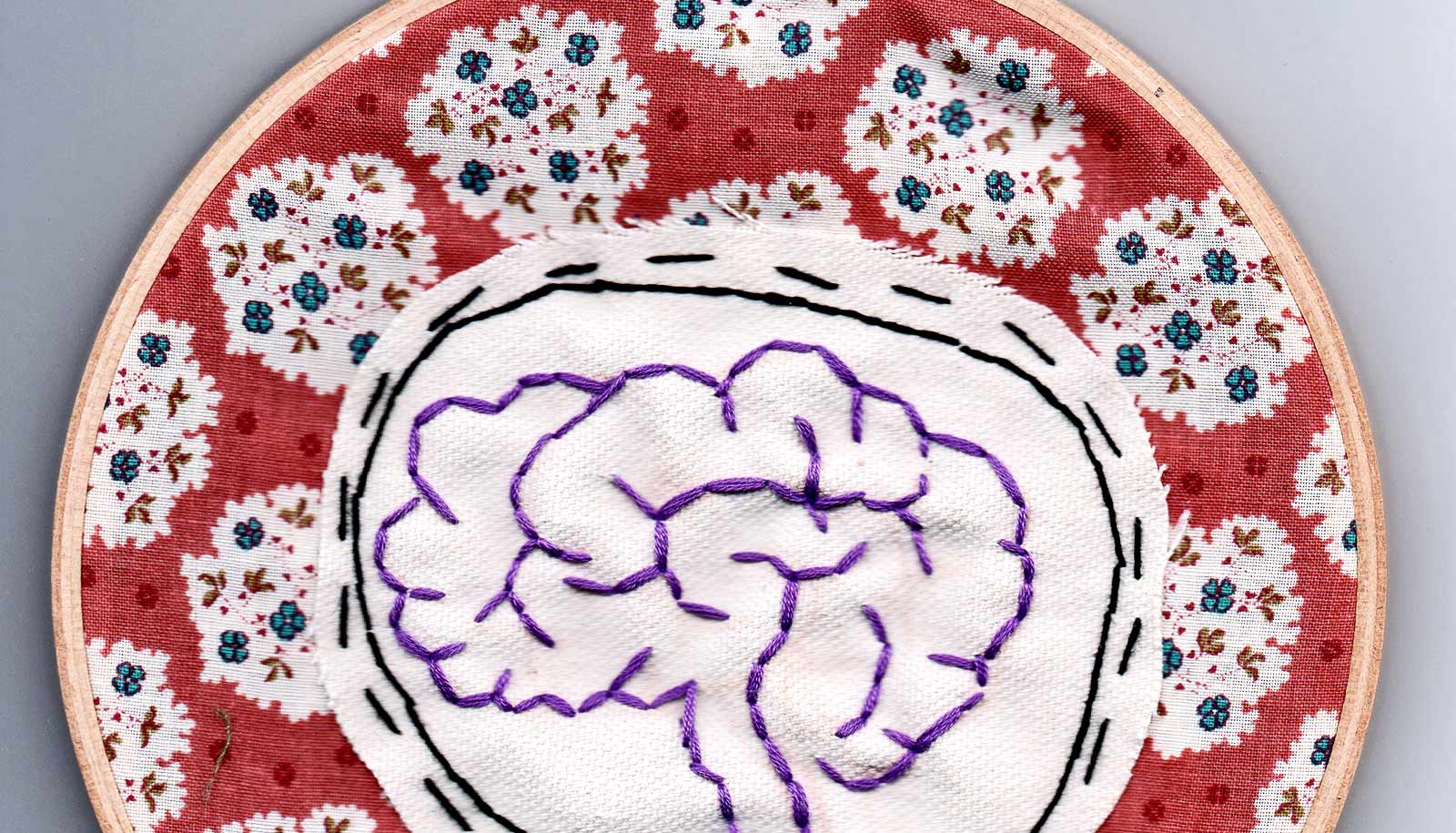A new technique causes amyloids in the brain to flash or “blink” so scientists can better spot them.
Amyloids are tiny protein structures that are key to understanding certain devastating age-related diseases. Aggregates, or sticky clumped-up amyloids, form plaques in the brain, and are the main culprits in the progression of Alzheimer’s and Huntington’s diseases. Amyloids are so tiny, however, that researchers can’t visualize them using conventional microscopic techniques.
“It has been pretty difficult, finding a way to image them in a non-invasive way—not changing the way they come together—and also figuring out a way to image them long-term to see how they clump and form larger structures,” says Matthew Lew, assistant professor in the electrical and systems engineering department at the School of Engineering & Applied Science at Washington University in St. Louis. “That was the focus of our research.”
Currently, scientists seeking to visualize amyloids use large amounts of a fluorescent material to coat the proteins in a test tube. When using a fluorescence microscope, the amyloids glow. However, it isn’t known how dyes that are permanently attached might alter the basic structure and behavior of the amyloid. It’s also difficult to discern the nanoscale structures at play using this bulk experimental technique.
“The [dye] behaved like a group of fireflies, lighting up anytime they come into contact with the amyloid…”
Lew, whose research focus includes super-resolution microscopy and single-molecule imaging, worked with Jan Bieschke, an associate professor of brain science at University College in London, to develop the new technique that makes them blink. It’s called transient amyloid binding (TAB) imaging.
TAB uses a standard dye called thioflavin T, but instead of coating the amyloids, it temporarily sticks to them one at a time. The effect isn’t permanent, and the amyloids emit light until the dye detaches, yielding a distinctive blinking effect.
The researchers were able to use a fluorescence microscope to observe and record the blinks. They then localized the position of each blinking thioflavin and reconstructed a super-resolved picture of the exact amyloid structure.
“The thioflavin T behaved like a group of fireflies, lighting up anytime they come into contact with the amyloid,” Bieschke says.
“What we saw were flashes of light over time,” Lew says. “On our computer screens, you’d see these individual spots blinking in sequence. We were then able to overlay all these dots together, giving us a complete look at the structure. If you didn’t separate them out, you’d see a blur.”
The team tested the TAB technique on a variety of amyloid structures and could reconstruct images for all of them, over an extended period of time and at various stages of aggregation.
“There’s an intimate connection between seeing the proteins’ structure and learning how these proteins interact with neurons,” Lew says. “Ultimately, we need the imaging to understand all of the different shapes and structures that these proteins are building over time, and how that relates to the death of cells later on.”
The research appears in the journal ChemBioChem.
The National Science Foundation and the National Institute of General Medical Science of the National institutes of Health provided support for the research.


